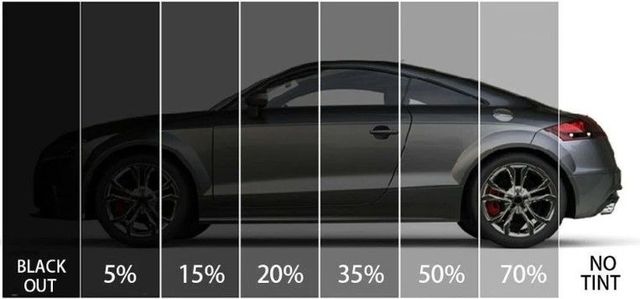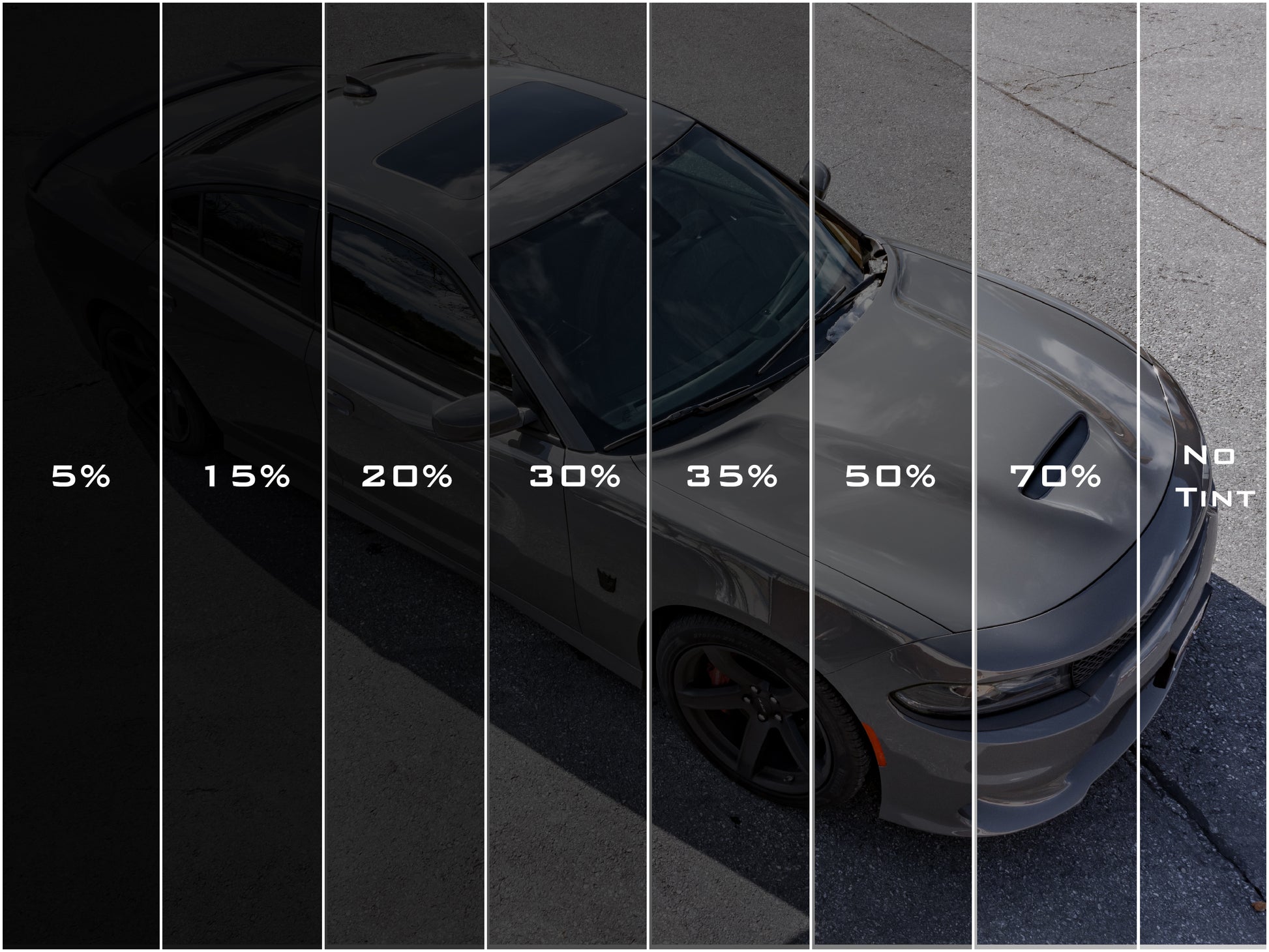Auto Window Tinting: Boost Comfort and Minimize Glare While Driving
Window Tinting Laws and Standards: What You Required to Know Before Tinting Your Automobile
Before continuing with window tinting for your lorry, it is vital to acquaint on your own with the varied laws and standards that govern this method throughout various states. These laws determine the permissible levels of color darkness, often gauged by noticeable light transmission (VLT) percentages, and consist of particular terms for front windscreens intended at making sure roadway safety.
Introduction of Window Tinting Regulations
Window tinting legislations are often based on variant throughout various jurisdictions, mirroring neighborhood guidelines and safety considerations. These laws determine the acceptable levels of tint darkness and reflectiveness on vehicle windows, making certain that vehicle drivers maintain ample presence while additionally shielding versus hazardous UV rays and heat.
The majority of laws classify home window tinting based on the Visible Light Transmission (VLT) percentage, which suggests the amount of light that can go through the home window. Typically, reduced VLT portions signify darker colors. Laws typically set apart between the front, side, and back windows, with stricter restrictions applied to the front windscreen to improve safety for both the chauffeur and other roadway users.
Conformity with home window tinting guidelines is critical, as offenses can result in fines, necessary elimination of the color, and prospective rises in insurance policy costs. It is vital for lorry owners to familiarize themselves with local laws before continuing with window tinting setups.
State-by-State Color Rules
Comprehending the details home window tinting guidelines in each state is crucial for car proprietors looking for to adhere to the law. Each state in the U.S. has actually developed its very own set of guidelines governing window tinting, which can vary dramatically. These regulations typically determine the allowable levels of tint darkness, the kinds of windows that can be tinted, and any medical exemptions that might use.
For circumstances, states like California have rigorous restrictions on color darkness for front windows, while others, such as New Mexico, might enable darker tints. In addition, particular states mandate certain exposure percentages for various windows, including the windscreen, front side home windows, and rear home windows. It is essential for cars and truck owners to familiarize themselves with their state's legislations to stay clear of potential fines or charges.
Moreover, some states might require a qualification sticker to be put on tinted home windows, suggesting conformity with state laws. Failure to follow these regulations not only runs the risk of lawful effects yet can additionally influence security and exposure while driving. Automobile owners should carry out thorough research study or consult neighborhood authorities to ensure full understanding and conformity with state-by-state tint regulations.
Allowed Color Levels and Kinds
Lots of lorry proprietors might be shocked to learn that enabled tint degrees and types vary widely across various states. Each state has developed its very own policies pertaining to the permitted darkness and reflectivity of window color, commonly gauged by Visible Light Transmission (VLT) percents. VLT refers to the amount of light that can go through the tinted windows; therefore, a lower portion indicates a darker tint.

Furthermore, the types of color products permitted can differ, with some states forbiding mirror-like or metallic coatings. It is important for lorry owners to acquaint themselves with their state's certain legislations to ensure compliance. Non-compliance can cause fines, mandatory elimination of the color, or various other lawful consequences, making it important to comprehend these regulations before continuing with installation.
Medical Exemptions for Tinting
While not all states provide allowances for medical exemptions concerning window tinting, those that do recognize the necessity for details individuals to enhance presence and comfort due to clinical problems. Various clinical problems, such as lupus, skin cancer, and particular eye conditions, can provide individuals specifically conscious sunlight. As a result, these individuals may require darker tints to safeguard themselves from harmful UV rays and glare.

It is vital to note that despite a clinical exemption, there might still be restrictions on the degree of tint permitted. Compliance with state legislations ensures that individuals are both secured and within lawful limits. Those considering medical exceptions need to contact their local Department of Electric motor visit this site right here Autos or equivalent authority to recognize the requirements and procedures essential to look for an exemption properly.
Charges for Non-Compliance
Failing to abide by home window tinting regulations can lead to significant charges, which vary by state. Police are encouraged to issue citations for lorries that do not comply with the defined tinting laws. These penalties normally consist of penalties, which can range from modest total up to a number of hundred bucks, depending on the seriousness of the infraction and the state concerned.
In some territories, repeated offenses may lead to intensifying penalties or additional fines, such as necessary court looks. Non-compliance might require the elimination of prohibited tinting, frequently at the owner's expenditure. In extreme instances, regular offenders may encounter suspension of their lorry registration until compliance is achieved.
In addition, insurance policy implications may develop from getting multiple citations for home window tint violations. Insurance companies may see such offenses as a sign of riskier habits, possibly resulting in increased premiums or trouble in insurance coverage.
To prevent these charges, it is essential for car owners to familiarize themselves with their local home window tinting legislations and make certain that their vehicle complies (Window Tinting). This aggressive approach not only prevents lawful implications however also promotes roadway safety
Verdict

Most laws identify home window tinting based on the Visible Light Transmission (VLT) percentage, which shows the quantity of light that can pass via the home window. Conformity with home window tinting laws is vital, as offenses can result in fines, obligatory elimination of the tint, and potential find boosts in insurance premiums.Comprehending the specific window tinting laws in each state is crucial for car owners seeking to conform with the legislation. These laws usually dictate the permitted degrees of tint darkness, the kinds of windows that can be tinted, and any clinical exceptions that may apply.
For instance, states like California have stringent constraints on color darkness for front windows, great site while others, such as New Mexico, may allow darker colors.